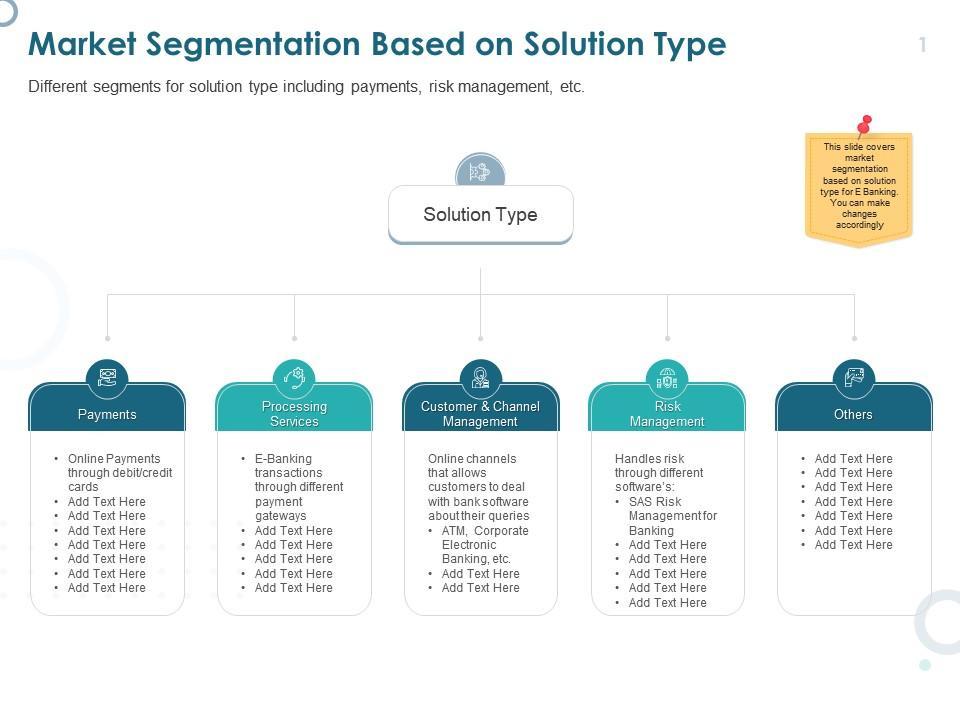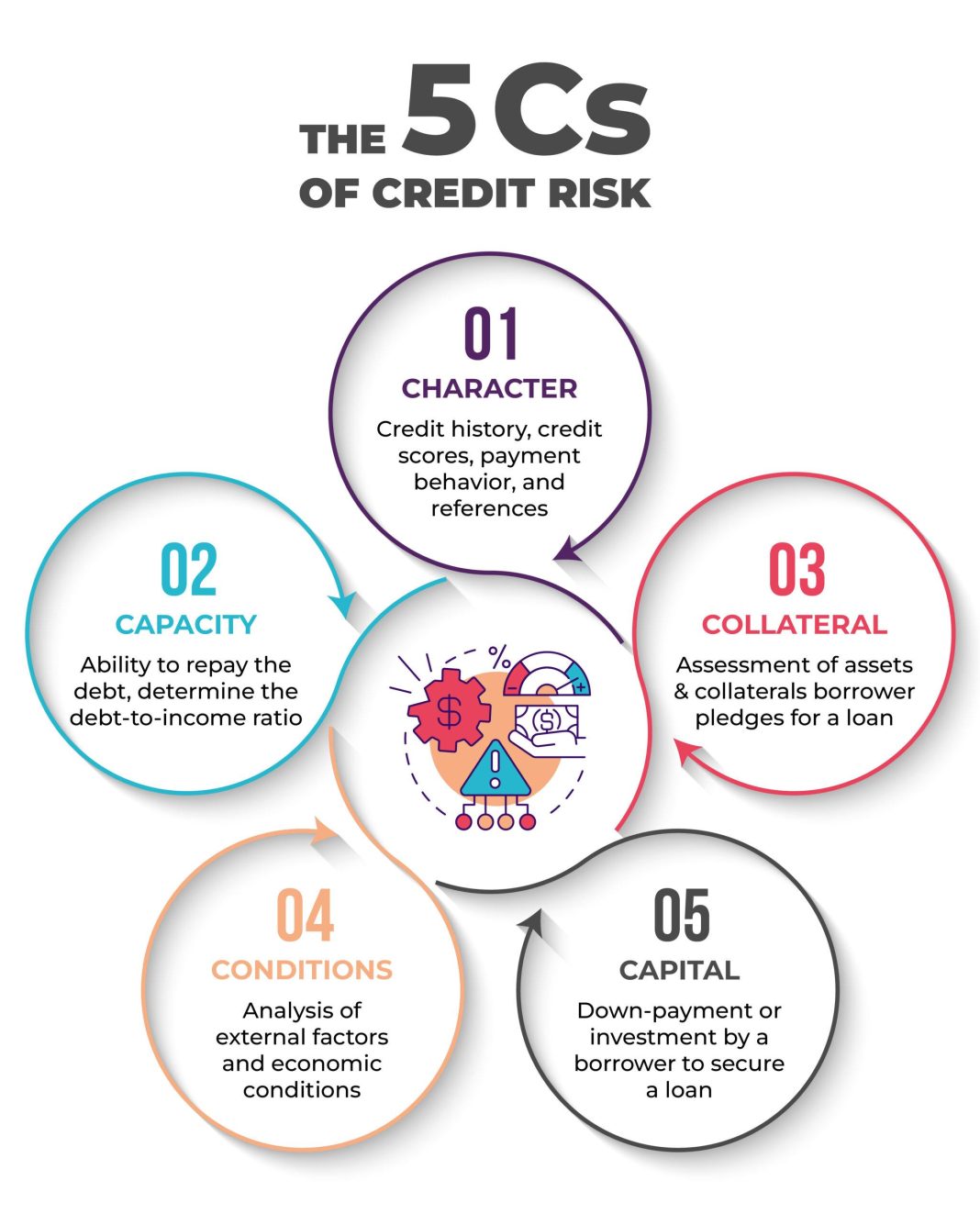In the ever-evolving landscape of digital marketing, where algorithms dictate success and consumer attention is the ultimate currency, the quest for precision has never been more critical. Enter credit data—a powerful yet often underutilized tool that holds the potential to revolutionize marketing campaigns. Imagine a world where your marketing strategies are not just informed by generic demographics or surface-level analytics, but are instead finely tuned with the financial behaviors and credit profiles of your target audience. This is not just a glimpse into the future; it is the cutting-edge present of marketing optimization. In this article, we will delve into the sophisticated art of leveraging credit data to elevate your marketing campaigns, offering insights that promise to transform mere guesses into strategic, data-driven decisions. Prepare to unlock the hidden potential of credit data and discover how it can serve as the linchpin for crafting campaigns that resonate with precision and drive unparalleled engagement.
Leveraging Consumer Credit Insights for Targeted Marketing
In the ever-evolving landscape of digital marketing, understanding your audience is key to crafting campaigns that resonate. By harnessing consumer credit insights, marketers can create more personalized and effective strategies. Credit data provides a wealth of information that goes beyond traditional demographics, offering a glimpse into the financial behaviors and preferences of potential customers. This data can be used to segment audiences more precisely, allowing for targeted messaging that speaks directly to their needs and financial realities.
Consider the following strategies to optimize your marketing efforts using credit insights:
- Audience Segmentation: Use credit scores to categorize consumers into different segments, such as prime, subprime, and super-prime. Tailor your messaging to address the specific financial situations of each group.
- Personalized Offers: Develop customized offers that align with the credit profiles of your audience, such as special financing options for those with lower credit scores.
- Predictive Analysis: Leverage credit data to predict future purchasing behaviors, enabling you to proactively address consumer needs and stay ahead of the competition.
By integrating these insights into your marketing strategy, you can enhance engagement, increase conversion rates, and ultimately drive more successful campaigns.

Harnessing Credit Scoring to Enhance Campaign Precision
In the ever-evolving landscape of digital marketing, leveraging credit scoring data can significantly enhance the precision of your campaigns. By integrating credit insights, marketers can craft more targeted strategies that align with the financial behaviors and needs of their audience. This approach not only refines audience segmentation but also optimizes resource allocation, ensuring that marketing efforts are directed towards high-potential prospects.
- Enhanced Segmentation: Utilize credit data to create detailed customer profiles, allowing for more personalized messaging.
- Improved Targeting: Focus on high-credit-score individuals for premium products, while offering tailored solutions to those with lower scores.
- Resource Optimization: Allocate marketing budgets more effectively by prioritizing audiences with the highest likelihood of conversion.
By harnessing the power of credit scoring, marketers can not only improve the accuracy of their campaigns but also foster stronger customer relationships through tailored engagement strategies.

Maximizing ROI through Credit-Based Audience Segmentation
In today’s data-driven marketing landscape, leveraging credit data for audience segmentation can be a game-changer in maximizing return on investment (ROI). By understanding the credit profiles of your target audience, you can tailor your marketing strategies to meet their specific financial needs and behaviors. This approach allows for more precise targeting, ensuring that your marketing messages resonate with the right people at the right time.
- Enhanced Personalization: Craft personalized offers that align with the creditworthiness of your audience, increasing the likelihood of conversion.
- Improved Targeting: Identify high-value segments that are more likely to engage with your products or services, optimizing ad spend.
- Risk Mitigation: Avoid high-risk segments that may not yield a positive ROI, protecting your marketing budget.
By integrating credit data into your audience segmentation strategy, you not only enhance the efficiency of your campaigns but also build a more meaningful connection with your audience, ultimately driving better business outcomes.

Crafting Personalized Offers with Credit Data Analytics
In the realm of marketing, the use of credit data analytics is transforming how businesses tailor their offers to individual customers. By delving into the rich insights provided by credit data, marketers can craft personalized offers that resonate with their target audience. This approach not only enhances customer engagement but also boosts conversion rates. Here’s how you can leverage credit data analytics to create compelling offers:
- Segmentation: Utilize credit data to segment your audience based on credit scores, spending habits, and financial behavior. This allows for more precise targeting, ensuring that your offers reach the right individuals.
- Predictive Analysis: Employ predictive analytics to anticipate customer needs and preferences. By understanding potential future behaviors, you can tailor offers that align with their likely financial decisions.
- Personalized Messaging: Craft messages that speak directly to the customer’s financial situation. Highlight benefits that align with their credit profile, such as special financing options or loyalty rewards.
By integrating these strategies, businesses can not only enhance their marketing effectiveness but also build stronger, more personalized relationships with their customers. Credit data analytics thus serves as a powerful tool in optimizing marketing campaigns, driving both customer satisfaction and business growth.





